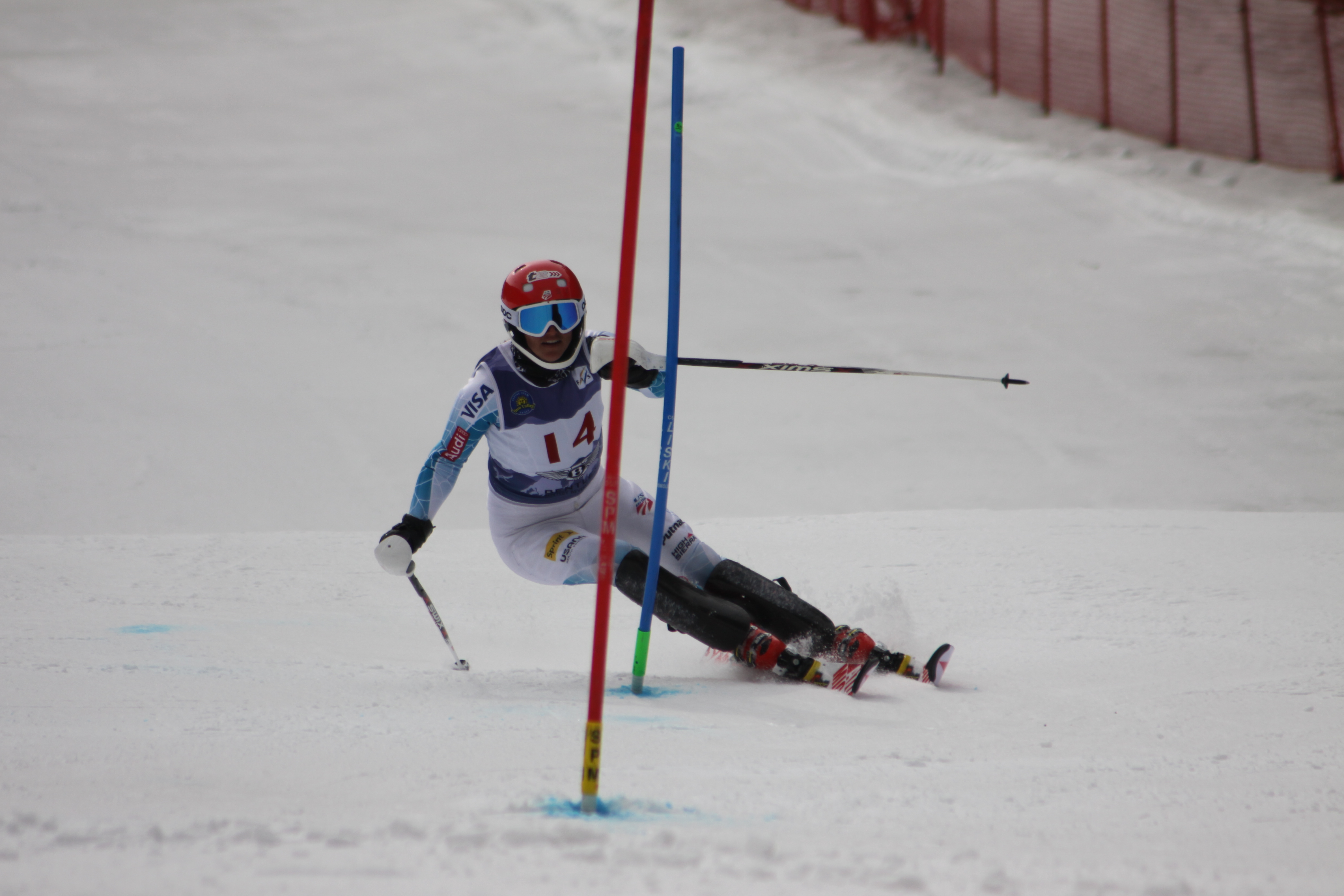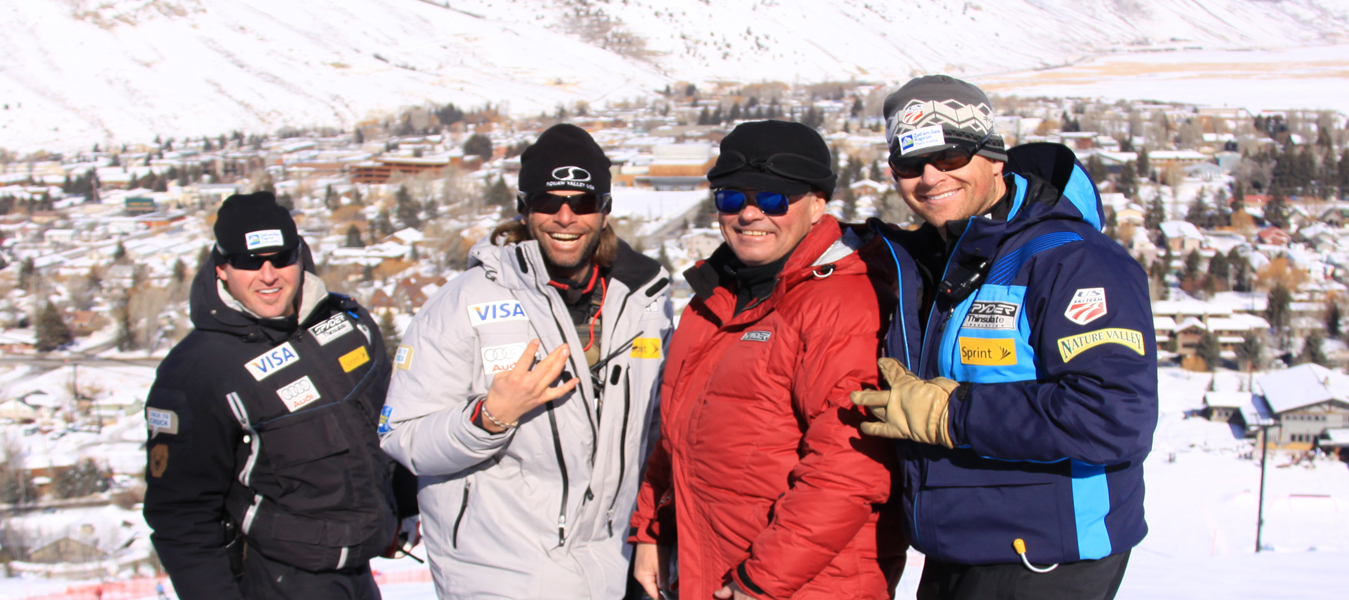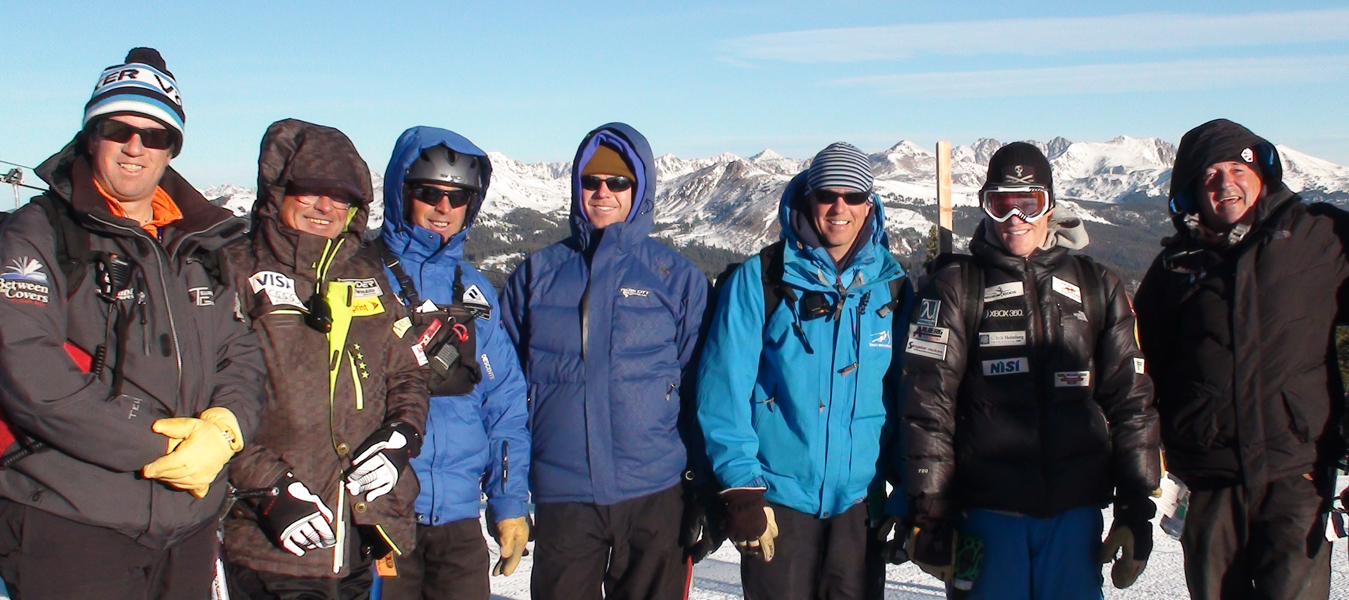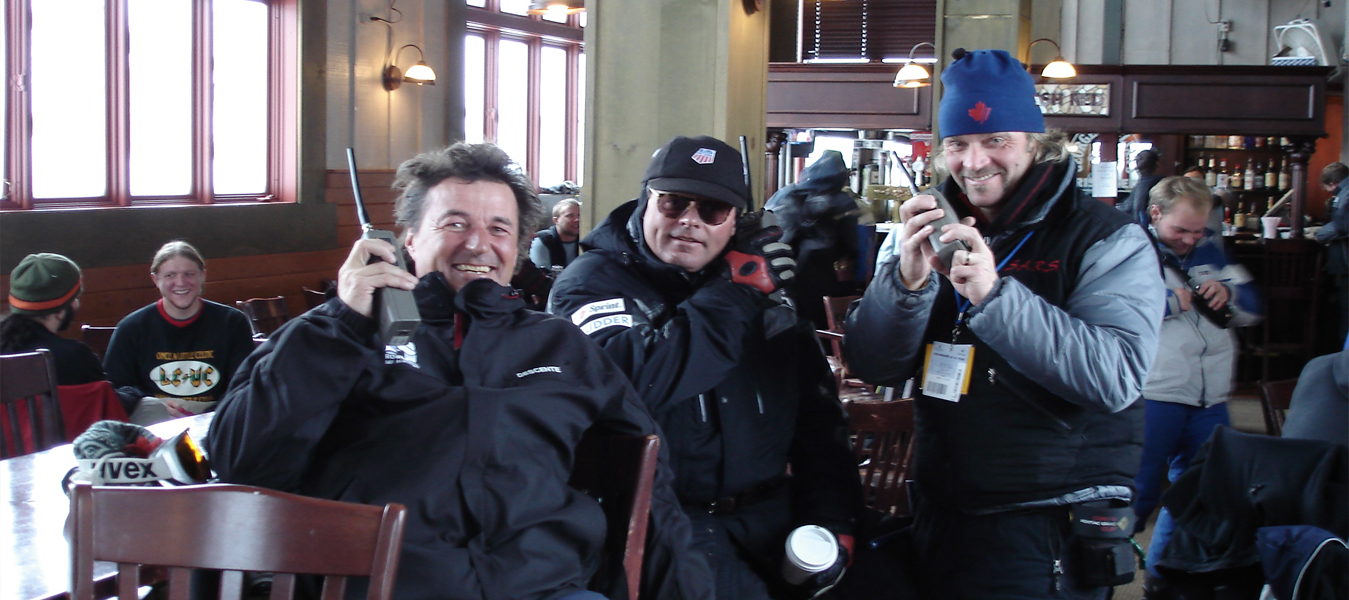Metaphors on Sports and Performance
Building a program to improve performance in sports, or for that matter any other area where there are different component parts to the activity, is a lot like being a general contractor constructing a building. This is true weather the program is for one athlete, a training squad, an entire team, or even a group of teams. It is equally true for the youngest kids to elite professional men and women. Coaches are builders.
No building is complete without a foundation, walls, or a roof. Likewise no athlete is complete without fundamental motor skills, physical conditioning, technical skills for the specific sport, or mental capacities to successfully play the sport. (Neither of these example are meant to be a complete list).
There are subcontractors in construction as well as in sports. In completing a building there are electricians, plumbers, brick masons, dry wall handers and roofers. There is an architect. Depending on the purpose of the building there exists a group of contributors that are necessary for successfully meeting the goal of putting the building together successfully, competently, and on a desired schedule. The same holds true for increasing skills or improving sport performance; there are nutritionists, physical strength and conditioning trainers, sport psychologists, and of course coaches. Coaches come in many flavors and often combine several roles. Depending on the level of performance aspired to, there is a necessary set of sub-contractors for sport as well.
The difference comes at the level of a general contractor. Comparing the construction of a building to constructing a performer adds a component of progressive iterations and different stages of the “product” along a career timeline. Sport careers require a “general contractor” for effective completion. In fact, depending on the stage of a career, not only does the contractor evolve but the client does as well.
Taking the latter role first, who actually is the client in each case and at what stage? For a building it is the person or firm that commissioned it and will move in on completion or the firm that is going to manage the space or sell the offices or condos. In sports the client often is the family; the younger the athlete the more likely the clients are the parents. After all, who signs up the 6 or 7 year old into a club program, and why? There are important questions to answer. Later on, as Coté observed for his 3rd stage of sport participation, the athlete becomes the client and partners with the general and sub-contractors in the project.
The general contractor translates to sport in the form of a program director. In some clubs this is the head coach. In some cases this is the only coach and he or she plays all of the roles, both necessary and sufficient. But the point is that depending on the purpose, the intention of the sporting participation, someone directs the process of construction of the progression of the participating athlete.
Think of all the things a general contractor must take into account for the career to be successful. Here is an incomplete sample offered as food for thought:
- Is there a sound foundation to build on?
- Does the child enjoy the activities; is she having fun? Is he making friends?
- Is fitness and healthy habits important to the clients, is it provided for in the activities of the program?
- Are general motor skills acquired as needed for successful participation in the sport?
- Is there sufficient opportunity to practice the sport?
- What is the practice to game ratio
- Where do the kids practice and play? Are the facilities sufficient
- Does the philosophy of the club promote the development of pro-social life skills?
- Does the club’s mission statement promise to “develop the child to full athletic potential”
- What does the club emphasize as important?
- What role does winning play in club philosophy?
- Are/is the coach knowledgeable in the technical and tactical requirements of the sport?
- Does the club train and develop its staff?
- Do/does the coaches know how to teach the skills to the kids?
- Are there sufficient “sub-contractors” to carry out a complete preparation program?
- Is there a motor skill development component
- Is there a fitness conditioning program and part of the preparation and maintenance in season
- Are psychological and sociological factors purposefully present in training and competition planning
- Do the participants have access to the equipment necessary to play the sport
- How are training squads formed
- How are skills taught
- What is the transition and assentation progression based on, training age, skills, chronological age
- Are all of these factors known and well communicated?
Being a general contractor is a big job. If one is going to build a great experience for a potential athlete and then add on, and add on, and add on so that the sport experience is effective one has to both know how to draw and read plans as well as sweat the details.Being an effective client isn’t so easy either.





